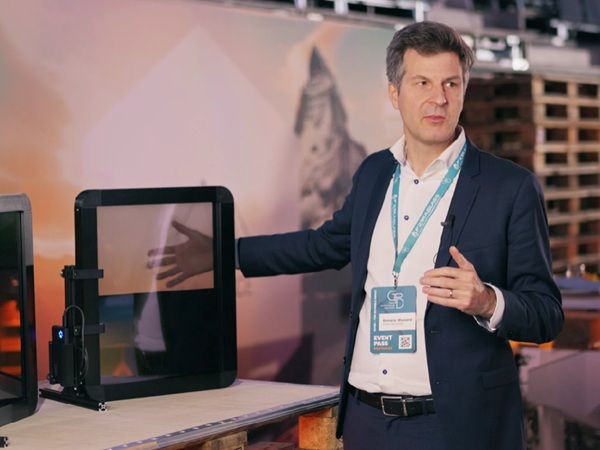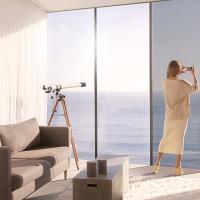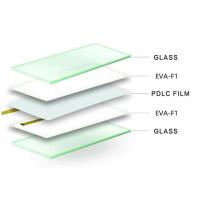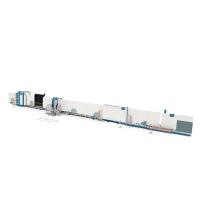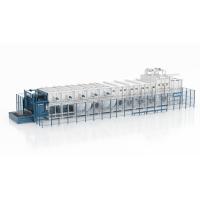Author: Mari Lehtinen | Glaston
Source: www.glastory.net
We are eLstar Dynamics, based in the Netherlands, Eindhoven. A six-year-old company, we are developing dynamic – or smart – glass. It’s basically a black window, and, electrically, it can be made transparent.
What we have developed is a technology that can absorb the full visible as well as infrared range. So we can absorb the entire solar spectrum. With this, we can more strongly modulate the energy and the visible light that gets into a room, a vehicle, any kind of space.
The objective is to manage the energy to limit air conditioning and heating. It’s quite useful for temperate climates, where it is very cold in winter and hot in summer. And when you have a static window, you can’t have the best of both. Having a dynamic window will allow you to limit air conditioning in summer and heating in winter.
Electric vehicles are also of a very strong interest. Usually, with a combustion engine vehicle, the heating comes from the engine. But with an electric vehicle, the heating comes from the electrical batteries and, therefore, you have less mileage. A car sunroof with more sun and solar energy getting into the vehicle can help. But the dynamic window will make it happen properly in winter and summer.
Basically, we developed the technology. We have one of the biggest ranges of contrasts. It’s going to 0.1% black. So if I put my hand behind, you can barely see it. And when I press the button, the top part will operate. And just within two minutes, you will get to 65–70% transparency. An extremely strong range, which is very important to modulate.
If you have a dynamic window at your place, and it’s limited to 40% or 50% transparency, you see the evenings coming very fast. And usually, that’s a problem because you want to experience natural light as long as you can. But also, you might need privacy, and you need to counteract very strong daylight. So the range is key for this type of technology.
Two years ago, we were showing the same type of prototype size. Today, we have larger ones. We produced all our windows into a commercially fabricated window. At the same time, we don’t own a production line and don’t fabricate them ourselves. We only fabricate the ink that goes inside. But all these windows are made at the same factories that create LCD TVs or the LCD screens for phones. With them, we’ve gotten to a larger prototype. At the moment, it is 1 m 60 cm.
In addition, we developed a segmented system. So it’s not only full on, full off. We have developed also the complete gray scaling of the technology. So even though I’m showing the dark state and the clear state today, every intermediate can be done.
The electronics we’ve developed can fully adapt. So you can plug in any type of window size and shape, and the electronics will understand the status of the window and will automatically, by algorithm, go to the transparency that you wish for the window. Moreover, it’s completely adaptive also to temperature.

